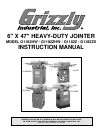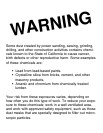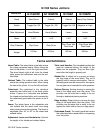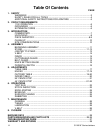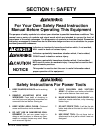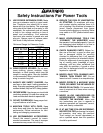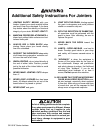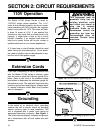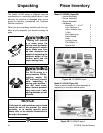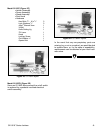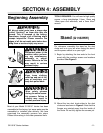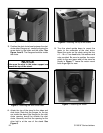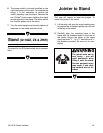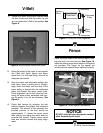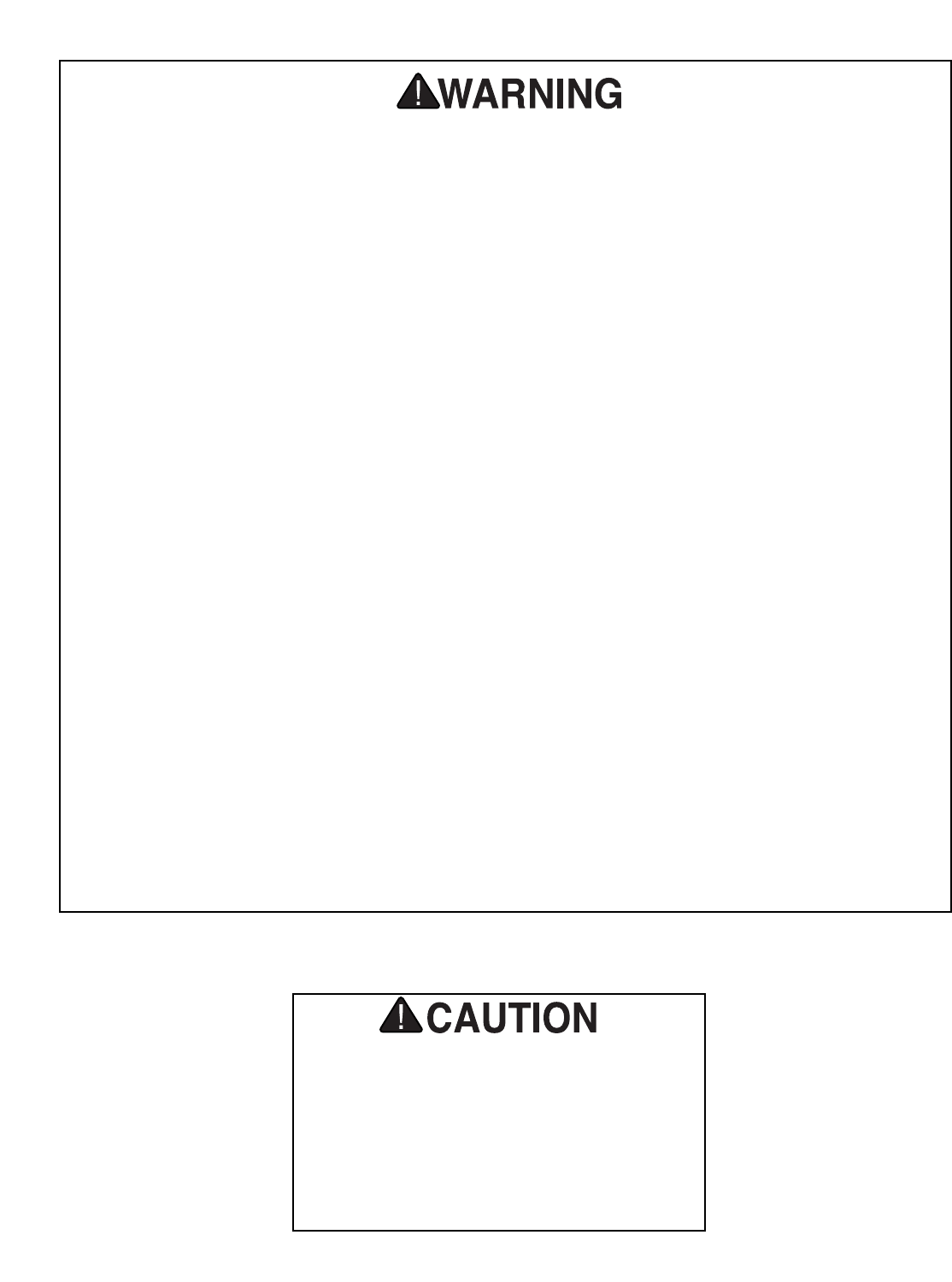
G1182 6" Series Jointers -5-
No list of safety guidelines can be complete.
Every shop environment is different. Always
consider safety first, as it applies to your
individual working conditions. Use this and
other machinery with caution and respect.
Failure to do so could result in serious per-
sonal injury, damage to equipment or poor
work results.
Additional Safety Instructions For Jointers
1. JOINTING SAFETY BEGINS with your
lumber. Inspect your stock carefully before
you feed it over the cutterhead. If you have
any doubts about the stability or structural
integrity of your stock, DO NOT JOINT IT!
2. MAINTAIN PROPER RELATIONSHIPS of
infeed and outfeed table surfaces and cut-
terhead knife path.
3. ALWAYS USE A PUSH BLOCK when
jointing. Never place your hands directly
over the cutterhead.
4. SUPPORT THE WORKPIECE adequately
at all times during operation, maintain con-
trol over the work at all times.
5. WHEN JOINTING, do not stand directly at
the end of either table. Position yourself
just to the side of the infeed table to avoid
possible kickbacks.
6. NEVER MAKE JOINTING CUTS deeper
than
1
⁄8".
7. NEVER JOINT A BOARD that has loose
knots. All defects should be cut out of the
board before it is planed or jointed.
8. NEVER JOINT end grain.
9. JOINT WITH THE GRAIN. Jointing against
the grain is dangerous and could produce
chatter or excessive chip out.
10. WITH THE EXCEPTION OF RABBETING,
all operations must be performed with the
guard in place. After rabbeting, be sure to
replace the guard.
11. NEVER BACK THE WORK toward the
infeed table.
12. HABITS – GOOD AND BAD – are hard to
break. Develop good habits in your shop
and safety will become second-nature to
you.
13. “KICKBACK” is when the workpiece is
thrown off the jointer table by the force of
the cutterheads. Always use pushblocks
and safety glasses to reduce the likelihood
of injury from “kickback.” If you do not
understand what kickback is, or how it
occurs, Do Not operate this machine.
14. BE AWARE THAT CERTAIN WOODS MAY
CAUSE AN ALLERGIC REACTION in peo-
ple and animals, especially when exposed
to fine dust. Make sure you know what type
of wood dust you will be exposed to and
always wear an approved respirator.



